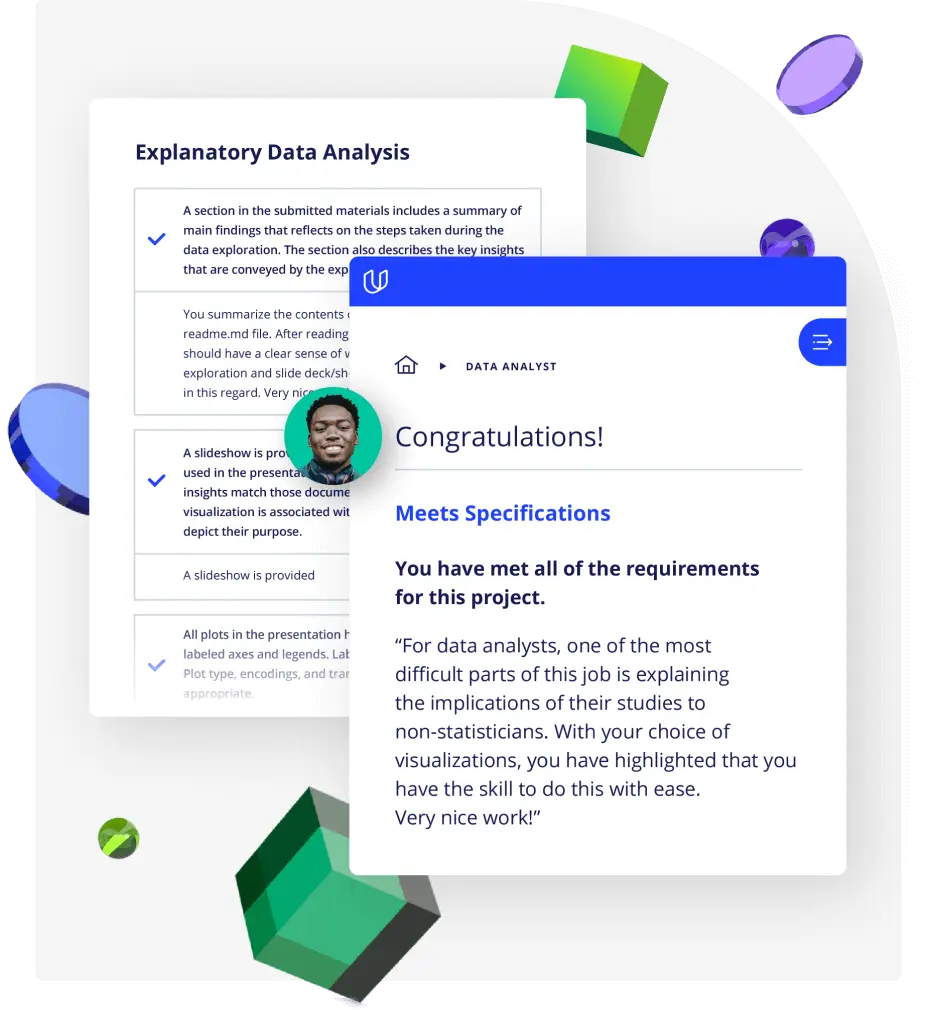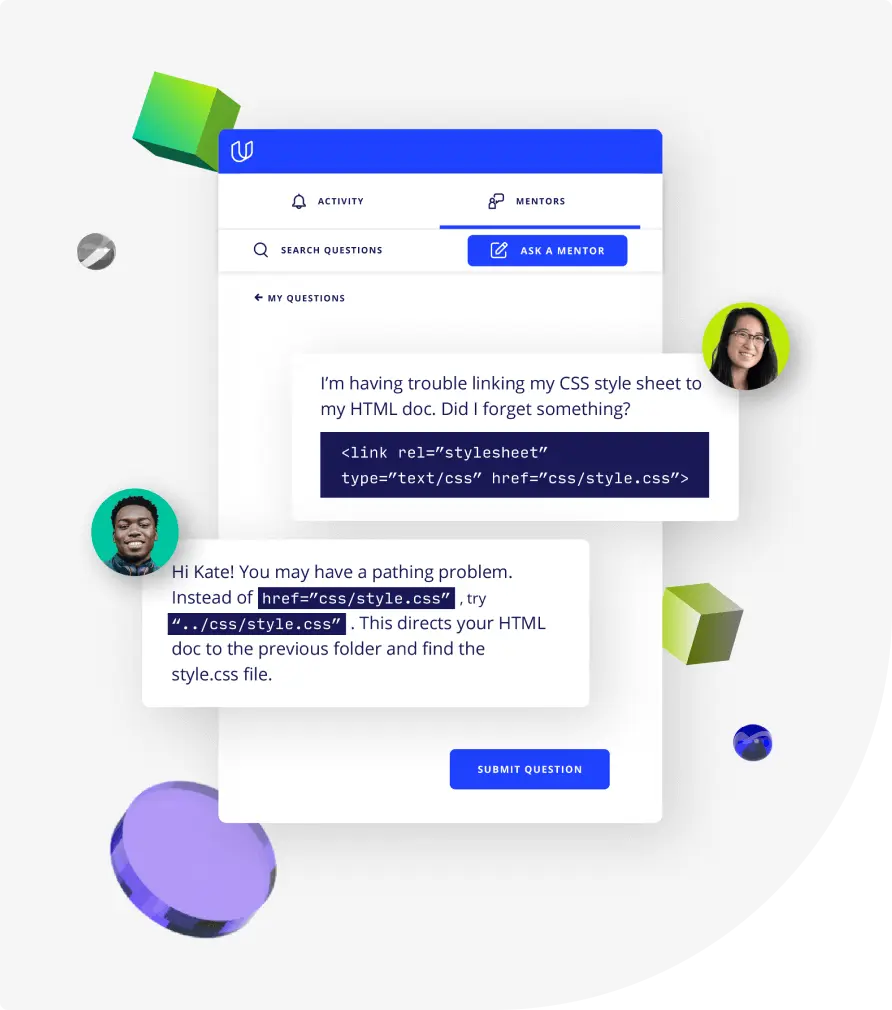Lesson 1
Introduction to LLMs
This lesson covers the types of LLMs, an intuitive understanding of their limitations and capabilities, inference and decoding hyperparameters, and strategies for effective prompt engineering.

Course
Dive deeper into how computers understand and create language, and learn how to build a custom chatbot using unsupervised machine learning, prompt engineering, and retrieval augmented generation. We'll start with a high-level overview of the types of LLMs, the differences between them, and how best to account for their strengths and weaknesses. Then we'll get into the internal details, including natural language processing (NLP) techniques like tokenization, as well as modern transformer architectures and attention mechanisms. Finally, we'll build a practical LLM application that combines an LLM with a custom dataset.
Dive deeper into how computers understand and create language, and learn how to build a custom chatbot using unsupervised machine learning, prompt engineering, and retrieval augmented generation. We'll start with a high-level overview of the types of LLMs, the differences between them, and how best to account for their strengths and weaknesses. Then we'll get into the internal details, including natural language processing (NLP) techniques like tokenization, as well as modern transformer architectures and attention mechanisms. Finally, we'll build a practical LLM application that combines an LLM with a custom dataset.
Intermediate
4 weeks
Real-world Projects
Completion Certificate
Last Updated July 12, 2024
Skills you'll learn:
Prerequisites:
Lesson 1
This lesson covers the types of LLMs, an intuitive understanding of their limitations and capabilities, inference and decoding hyperparameters, and strategies for effective prompt engineering.
Lesson 2
This lesson covers the essential Natural Language Processing topics needed to use the latest LLM technology. You will learn the basics of NLP and then dive into text encoding and text generation.
Lesson 3
In this lesson, you will open up the black box of transformer architectures and learn about the attention mechanisms and other components that make these powerful models possible.
Lesson 4
In this lesson, we will learn how to create a custom Q&A bot powered by OpenAI! Along the way, you'll learn how OpenAI works and how to leverage its powerful language processing capabilities.
Lesson 5
In this lesson, you will learn how to construct a relevant, quality dataset for fine-tuning large language models and performing retrieval augmented generation.
Lesson 6 • Project
For this project, you will use everything you learned in this course to create a custom chatbot using a dataset of your choice.

Research Scientist
Emily McMilin is a Senior Research Scientist and Independent Researcher working at the intersection of NLP and Causal Inference. She obtained her Ph.D. in Electrical Engineering from Stanford University and prior to that an M.Sc. from University of Victoria, and a B.Sc. from Stanford in Symbolic Systems.

Machine Learning Engineer
Victor Geislinger is a machine learning engineer and is dedicated to sharing his knowledge with others. Victor recently joined Google as a software engineer focused on AI/ML but has been programming and educating others for over a decade since studying physics and math at the University of California, Santa Cruz.

Chief Scientist, Reasonly AI
Jason has developed deep learning algorithms and AI applications at Lyft self-driving, Spotify and Google DeepMind. Formerly a Stanford Online and UN keynote speaker, he's earned a M.S. in Machine Learning from Georgia Tech and coauthored NLP and computer vision papers with MIT.

Principal AI Researcher
Erick Galinkin is a hacker and computer scientist, leading research at the intersection of security and artificial intelligence at Rapid7. He has spoken at numerous industry and academic conferences on topics ranging from malware development to game theory in security.
Combine technology training for employees with industry experts, mentors, and projects, for critical thinking that pushes innovation. Our proven upskilling system goes after success—relentlessly.

Demonstrate proficiency with practical projects
Projects are based on real-world scenarios and challenges, allowing you to apply the skills you learn to practical situations, while giving you real hands-on experience.
Gain proven experience
Retain knowledge longer
Apply new skills immediately

Top-tier services to ensure learner success
Reviewers provide timely and constructive feedback on your project submissions, highlighting areas of improvement and offering practical tips to enhance your work.
Get help from subject matter experts
Learn industry best practices
Gain valuable insights and improve your skills

Unlimited access to our top-rated courses
Real-world projects
Personalized project reviews
Program certificates
Proven career outcomes
Full Catalog Access
One subscription opens up this course and our entire catalog of projects and skills.
Average time to complete a Nanodegree program
4 months
, Intermediate
(275)
2 months
, Advanced
4 weeks
, Intermediate
7 hours
, Fluency
4 weeks
, Advanced
3 weeks
, Advanced
(909)
4 months
, Intermediate
4 weeks
, Intermediate
4 weeks
, Intermediate
1 month
, Intermediate
(328)
2 months
, Advanced
3 weeks
, Intermediate
(87)
4 months
, Advanced
4 weeks
, Intermediate
(235)
3 months
, Intermediate
4 weeks
, Advanced

Large Language Models (LLMs) & Text Generation
4 months
, Intermediate
(275)
2 months
, Advanced
4 weeks
, Intermediate
7 hours
, Fluency
4 weeks
, Advanced
3 weeks
, Advanced
(909)
4 months
, Intermediate
4 weeks
, Intermediate
4 weeks
, Intermediate
1 month
, Intermediate
(328)
2 months
, Advanced
3 weeks
, Intermediate
(87)
4 months
, Advanced
4 weeks
, Intermediate
(235)
3 months
, Intermediate
4 weeks
, Advanced